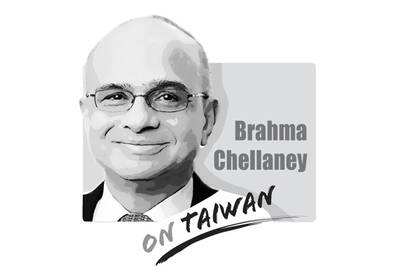The situation in Tibet is complex and sensitive, with reports saying the Chinese government is attempting to assimilate Tibetan culture into the Han culture.
China’s approach to education in Tibet has raised significant concerns regarding the forced assimilation of Tibetan children. About 1 million have reportedly been separated from their families and placed into government-run boarding schools.
The educational content of the schools revolve around the Han culture, with Mandarin as the medium of instruction. The system is seen as a large-scale program intended to assimilate Tibetans into Han culture.
The focus on Mandarin and Han cultural norms has resulted in Tibetan children losing proficiency in their native language and, consequently, the ability to communicate effectively with their elders, contributing to the erosion of their Tibetan identity.
The increase in boarding students is partly due to the closure of rural schools, which have been replaced by township or county-level institutions which primarily use Mandarin for teaching and communication, often requiring children to board.
The measures are part of what some experts describe as a policy of forced assimilation, which runs contrary to international human rights standards for education, linguistic and cultural rights, and freedom of religion or belief.
China’s constitution states that citizens “enjoy freedom of religious belief,” but limits protections to “normal religious activities” without defining what “normal” is. Regulations stipulate religious activity must not harm national security and control all aspects of Tibetan Buddhism.
The Chinese Communist Party promotes “Sinicization” policies which aim to interpret religious ideas in accordance with its ideologies, and emphasize loyalty to the party and the state.
There have been reports of disappearances, arrests, torture, physical abuse and prolonged det
entions without trials due to their religious practices. People have also reportedly died in custody or as a result of long-term illnesses and injuries sustained following beatings and mistreatment during incarceration.
The government has undertaken a large-scale campaign of “re-education” or “vocational training” in military-style camps to conduct forced political indoctrination, and to transform farmers and herders into laborers in other industries.
Authorities have also arrested writers, singers and artists for promoting Tibetan language and culture. Supporters of the Dalai Lama and other religious leaders could be arrested under China’s anti-organized crime program.
These are challenges faced by Tibetans practicing their religion and maintaining their cultural identity. They reflect concerns raised by human rights organizations and independent experts regarding the preservation of Tibetan culture and identity.
Khedroob Thondup is a former member of the Tibetan parliament in exile.

China badly misread Japan. It sought to intimidate Tokyo into silence on Taiwan. Instead, it has achieved the opposite by hardening Japanese resolve. By trying to bludgeon a major power like Japan into accepting its “red lines” — above all on Taiwan — China laid bare the raw coercive logic of compellence now driving its foreign policy toward Asian states. From the Taiwan Strait and the East and South China Seas to the Himalayan frontier, Beijing has increasingly relied on economic warfare, diplomatic intimidation and military pressure to bend neighbors to its will. Confident in its growing power, China appeared to believe
Taiwan-India relations appear to have been put on the back burner this year, including on Taiwan’s side. Geopolitical pressures have compelled both countries to recalibrate their priorities, even as their core security challenges remain unchanged. However, what is striking is the visible decline in the attention India once received from Taiwan. The absence of the annual Diwali celebrations for the Indian community and the lack of a commemoration marking the 30-year anniversary of the representative offices, the India Taipei Association and the Taipei Economic and Cultural Center, speak volumes and raise serious questions about whether Taiwan still has a coherent India
Recent media reports have again warned that traditional Chinese medicine pharmacies are disappearing and might vanish altogether within the next 15 years. Yet viewed through the broader lens of social and economic change, the rise and fall — or transformation — of industries is rarely the result of a single factor, nor is it inherently negative. Taiwan itself offers a clear parallel. Once renowned globally for manufacturing, it is now best known for its high-tech industries. Along the way, some businesses successfully transformed, while others disappeared. These shifts, painful as they might be for those directly affected, have not necessarily harmed society
Legislators of the opposition parties, consisting of the Chinese Nationalist Party (KMT) and the Taiwan People’s Party (TPP), on Friday moved to initiate impeachment proceedings against President William Lai (賴清德). They accused Lai of undermining the nation’s constitutional order and democracy. For anyone who has been paying attention to the actions of the KMT and the TPP in the legislature since they gained a combined majority in February last year, pushing through constitutionally dubious legislation, defunding the Control Yuan and ensuring that the Constitutional Court is unable to operate properly, such an accusation borders the absurd. That they are basing this